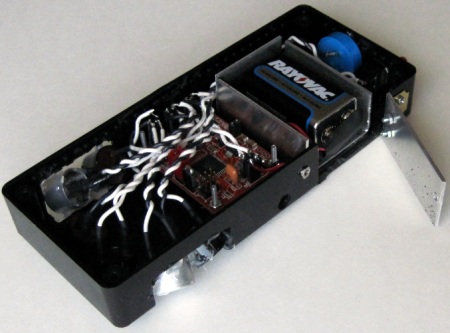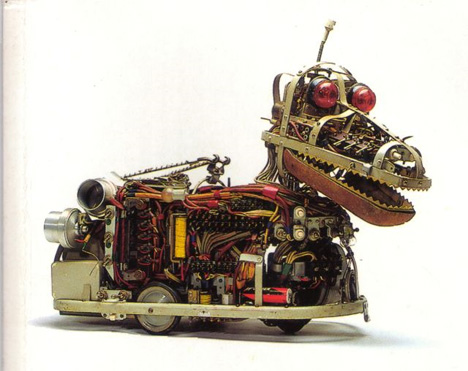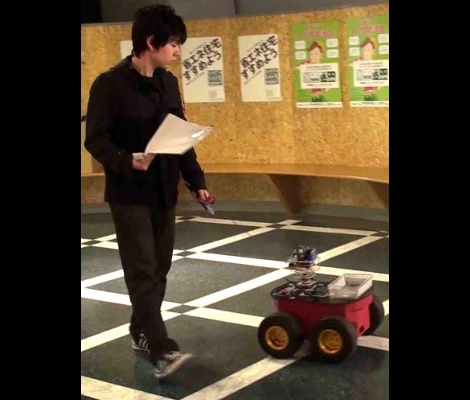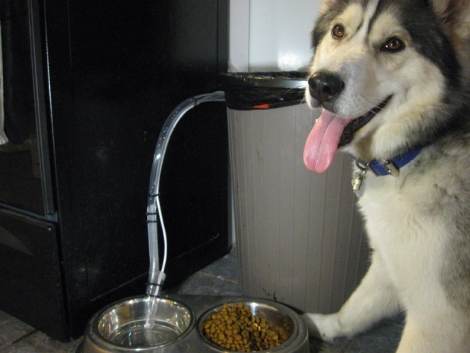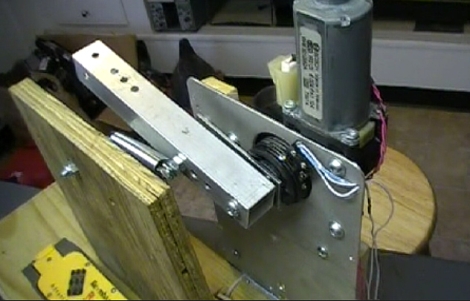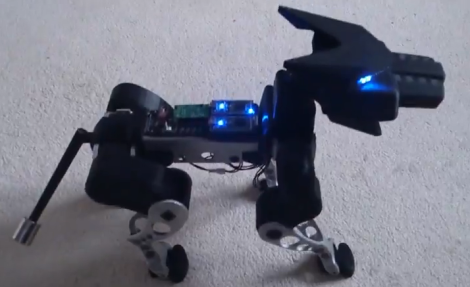
If you think this thing looks good you should see it move. [Martin Smith] hit a home run on the project, which was his Master’s Thesis. Fifteen servo motors provide a way for the bot to move around. Having been modeled after a small canine the gait is very realistic. The tail is even functional, acting as a counterweight when moving the legs.
The project was meticulously built in a 3D environment before undertaking any physical assembly. The mechanical parts are all either milled from aluminum or 3D printed. Two mBed boards mounted on its back allow it to interact with its environment. One of them handles image processing, the other drives the array of motors. And of course it doesn’t hurt that he built some Larson Scanners in as eyes.
Don’t miss the video after the break which shows off the entire project from planning to demonstration. We can’t help but be reminded of the rat-thing from Snow Crash.
Continue reading “Professional Looking Dog Robot Was Actually [Martin’s] Master’s Thesis”

